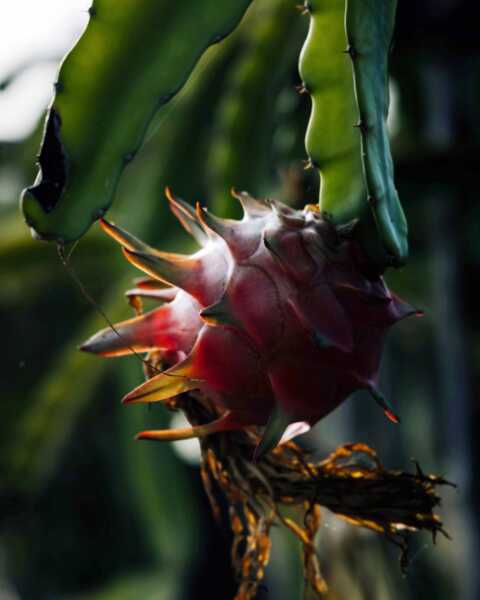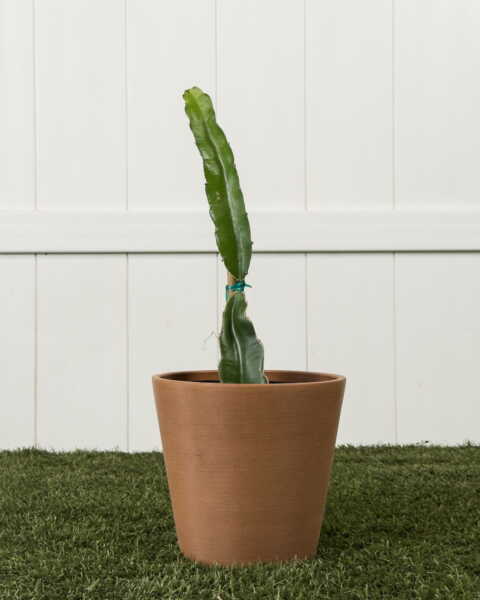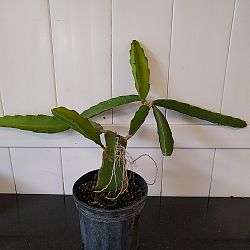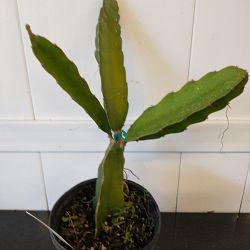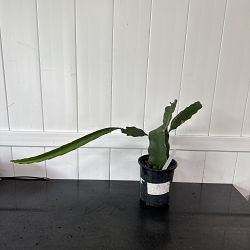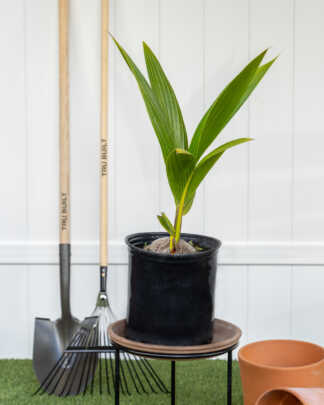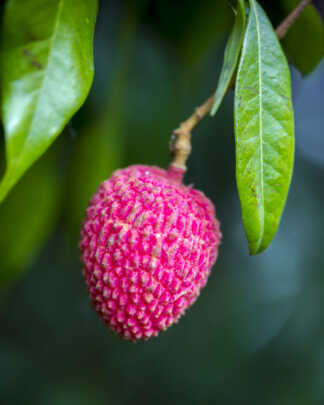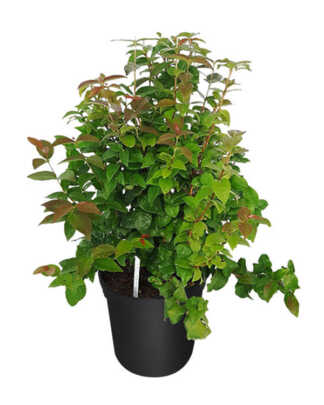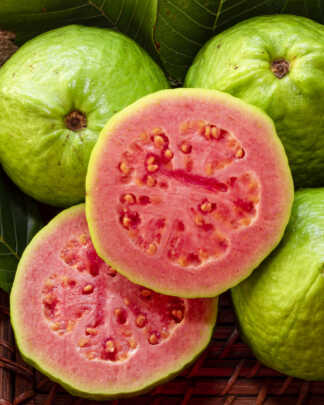Description
Caring for your Dragon Fruit
Dragon Fruit Cactus, also known as Selenicereus undatus, is a visually stunning and highly rewarding plant to grow. This tropical cactus is renowned for its exotic dragon fruit and spectacular night-blooming flowers. Native to Central and South America, Dragon Fruit Cactus can be grown successfully with the right care, whether in a garden, greenhouse, or indoor environment. This comprehensive care guide will provide all the information you need to cultivate a healthy and productive Dragon Fruit Cactus.
Light
Dragon Fruit Cactus thrives in bright, direct sunlight. It requires at least 6-8 hours of sun each day to promote healthy growth and fruit production. If growing indoors, place the cactus near a south-facing window or provide supplemental lighting with grow lights. In hotter climates, some afternoon shade can help prevent sunburn on the plant.
Watering
Watering is crucial for Dragon Fruit Cactus, especially during its growing season. Keep the soil consistently moist but not waterlogged. Water the plant thoroughly when the top inch of soil feels dry, allowing excess water to drain away. Reduce watering frequency during the winter months when the plant’s growth slows down. Overwatering can lead to root rot, so ensure the soil is well-draining and the pot has adequate drainage holes.
Humidity levels between 60-80% are ideal. In dry environments, increase humidity by misting the plant or using a humidity tray. For indoor growers, a humidifier can help maintain the necessary moisture levels.
Soil
Dragon Fruit Cactus thrives in well-draining soil with a slightly acidic to neutral pH (6.0-7.0). A cactus or succulent potting mix works well, or you can create your own blend by mixing equal parts of sand, perlite, and peat moss.
When planting or repotting, choose a container with drainage holes to prevent water from accumulating at the roots. Dragon Fruit Cactus can be grown in pots or directly in the ground if you live in a suitable climate. Repotting every 2-3 years helps refresh the soil and provides more space for root growth.
Fertilizing
Regular feeding is essential for robust growth and fruit production. Use a balanced, water-soluble fertilizer with an N-P-K ratio of 10-10-10 or a specialized cactus fertilizer. Apply the fertilizer every 4-6 weeks during the growing season (spring through early autumn). Reduce or stop fertilizing during the winter months.
Organic options such as compost or well-rotted manure can also be beneficial. Avoid over-fertilizing, as this can cause nutrient imbalances and harm the plant.
Pruning
Pruning helps maintain the shape of your Dragon Fruit Cactus and encourages healthy growth. Remove any dead, damaged, or diseased stems with clean, sharp pruning shears. Trim back excessively long or unruly stems to promote a more compact and manageable growth habit.
Pruning is best done in late winter or early spring before the plant enters its active growing season. Regular pruning also helps direct the plant’s energy towards fruit production.
Pests and Diseases
Dragon Fruit Cactus is relatively pest-resistant but can occasionally be affected by common pests such as aphids, mealybugs, and spider mites. Regularly inspect your plant for signs of infestation and treat promptly with insecticidal soap or neem oil.
Root rot and stem rot can occur if the plant is overwatered or grown in poorly draining soil. Ensure proper watering practices and good soil drainage to prevent these issues. Fungal diseases such as anthracnose can be managed by maintaining good air circulation and applying fungicides when necessary.
Harvesting
Dragon Fruit typically ripens 30-50 days after flowering. The fruit is ready to harvest when the skin changes color (depending on the variety, it can turn red, pink, or yellow) and the scales on the fruit’s surface begin to wither. Gently twist or cut the fruit from the stem to avoid damaging the plant.
Freshly harvested Dragon Fruit can be eaten raw, added to smoothies, or used in various culinary dishes. It is not only delicious but also packed with nutrients and antioxidants.

